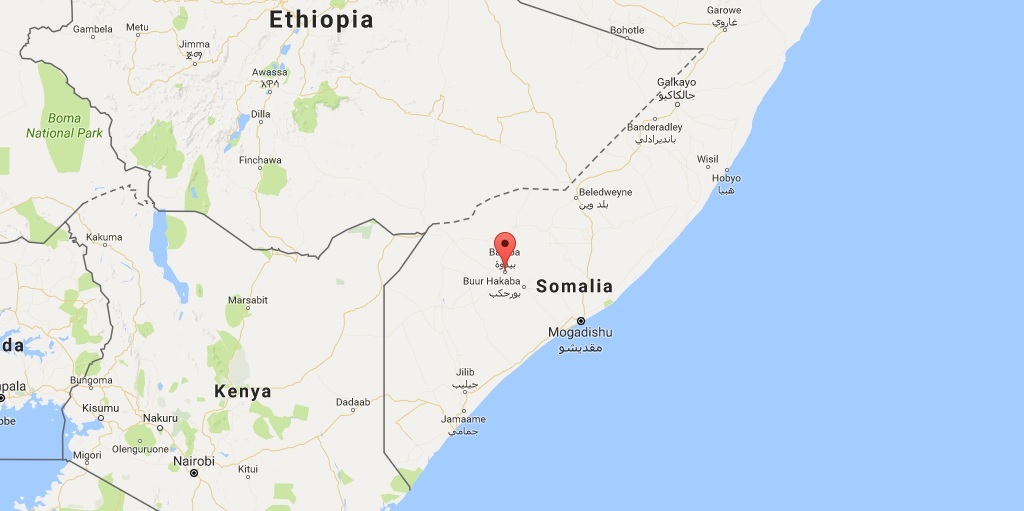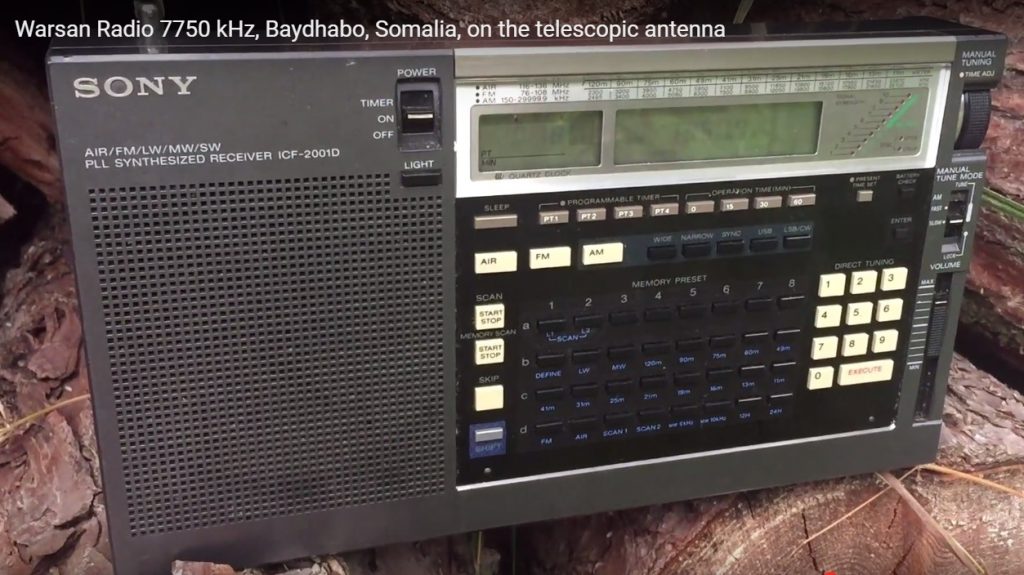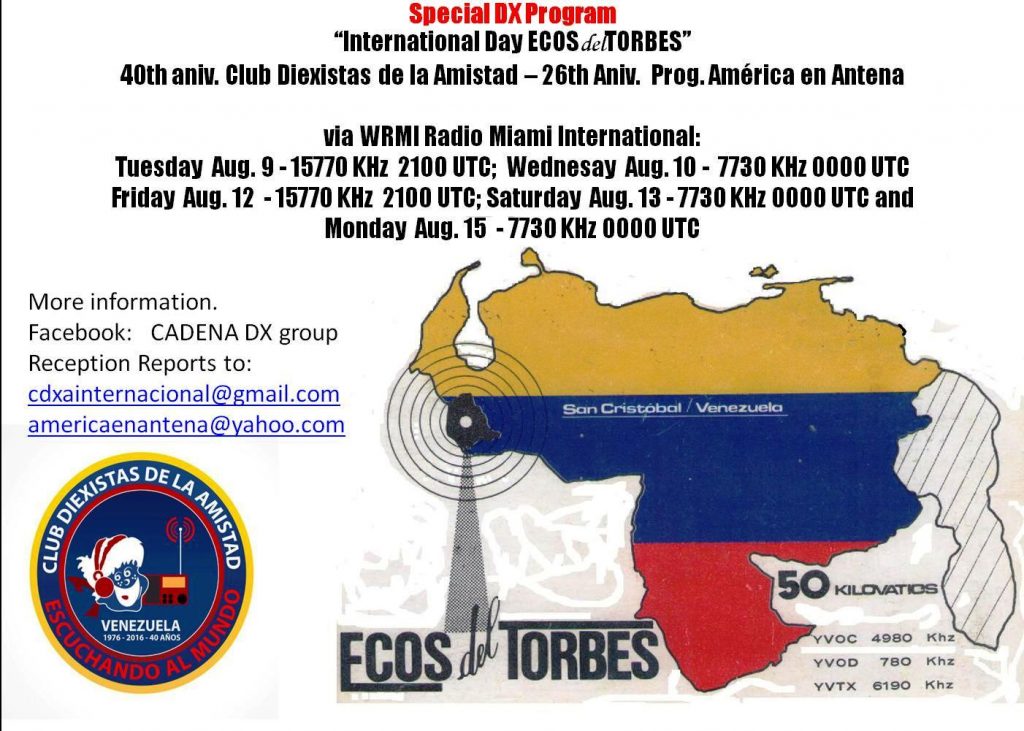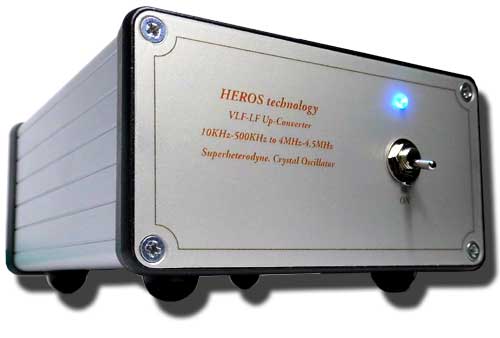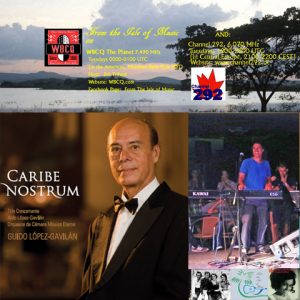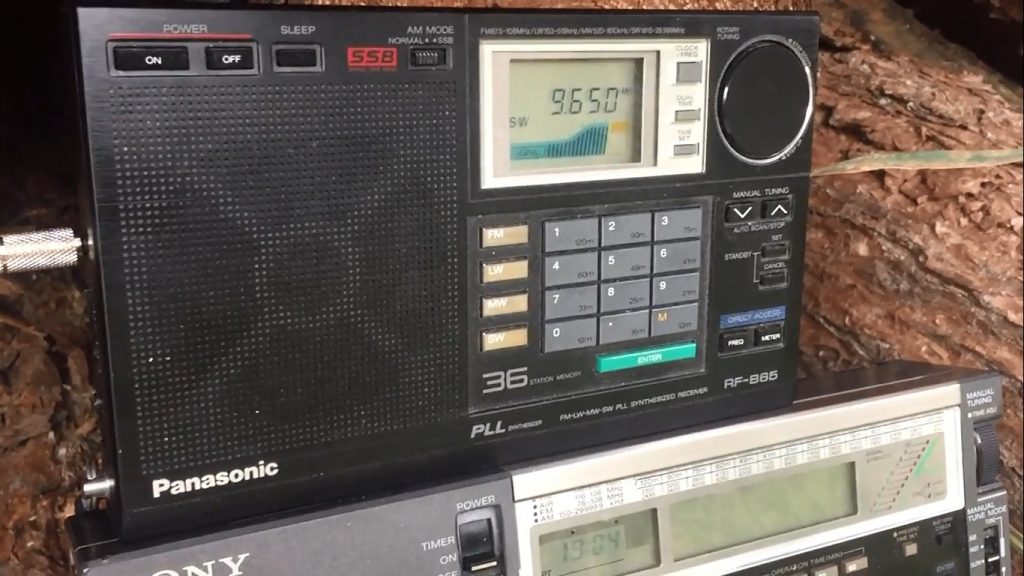WRMI, Radio Miami International, will showcase digital text and images via analog radio in a half-hour special broadcast to be transmitted nine times (at least), beginning Saturday, 13 August.
The broadcast will mostly be in MFSK32 centered on 1500 Hz. There will also be segments in MFSK64, MFSK32 centered on 2200 Hz, and Olivia 64-2000. The program will include MFSK images, examples of non-Latin alphabets, and an Flmsg transmission. You will also hear “co-channel” music.
To decode the modes on the WRMI broadcast, Fldigi software is recommended. Download it fromhttps://sourceforge.net/projects/fldigi/files/fldigi/ . The main Fldigi website is http://www.w1hkj.com.
And you will use the companion program Flmsg. Download it fromhttps://sourceforge.net/projects/fldigi/files/flmsg/ .
To make Flmsg work with Fldigi, in Fldigi: Configure > Misc > NBEMS > under Reception of flmsg files, select Open with flmsg and Open in browser, and below that indicate where your Flmsg.exe file is located – probably somewhere in Program Files(x86).
For correct decoding of the languages with diacritics, or using non-Latin alphabets, in Fldigi: Configure > Colors & Fonts > RxTx > in the Rx/Tx Character set menu, select UTF-8.
For Fldigi to automatically select the mode and the center audio frequency of the mode, select RxID (upper right of the interface) by left clicking. In newer versions of Fldigi, also right click on RxID and select Passband.
You can decode this WRMI special broadcast as it is broadcast, or from your recording.
TRANSMISSION SCHEDULE
Via WRMI’s transmitters at Okeechobee, Florida, except where noted:
Saturday 13 August 0030-0100 UTC on 7730 kHz (285 degrees azimuth)
Saturday 13 August 0730-0800 UTC on 5850 kHz (315 degrees)
Saturday 13 August 1330-1400 UTC on 11580 kHz (44 degrees)
Saturday 13 August 2200-2230 UTC on 5950 kHz (181 degrees)
Sunday 14 August 0230-0300 UTC on 11580 kHz (44 degrees)
Sunday 14 August 2130-2200 UTC on 15770 kHz (44 degrees)*
Sunday 14 August 2330-2330 UTC on 11580 kHz (44 degrees)*
Monday 15 August 2000-2030 UTC on 6070 kHz* **
Tuesday 16 August 2130-2200 UTC on 15770 kHz (44 degrees)
* Preempts DigiDX, usually heard at this time
** Via Channel 292, Germany
Many of these broadcasts will be heard outside their nominal target areas.
Reception reports to Jeff: info (at) wrmi.net

